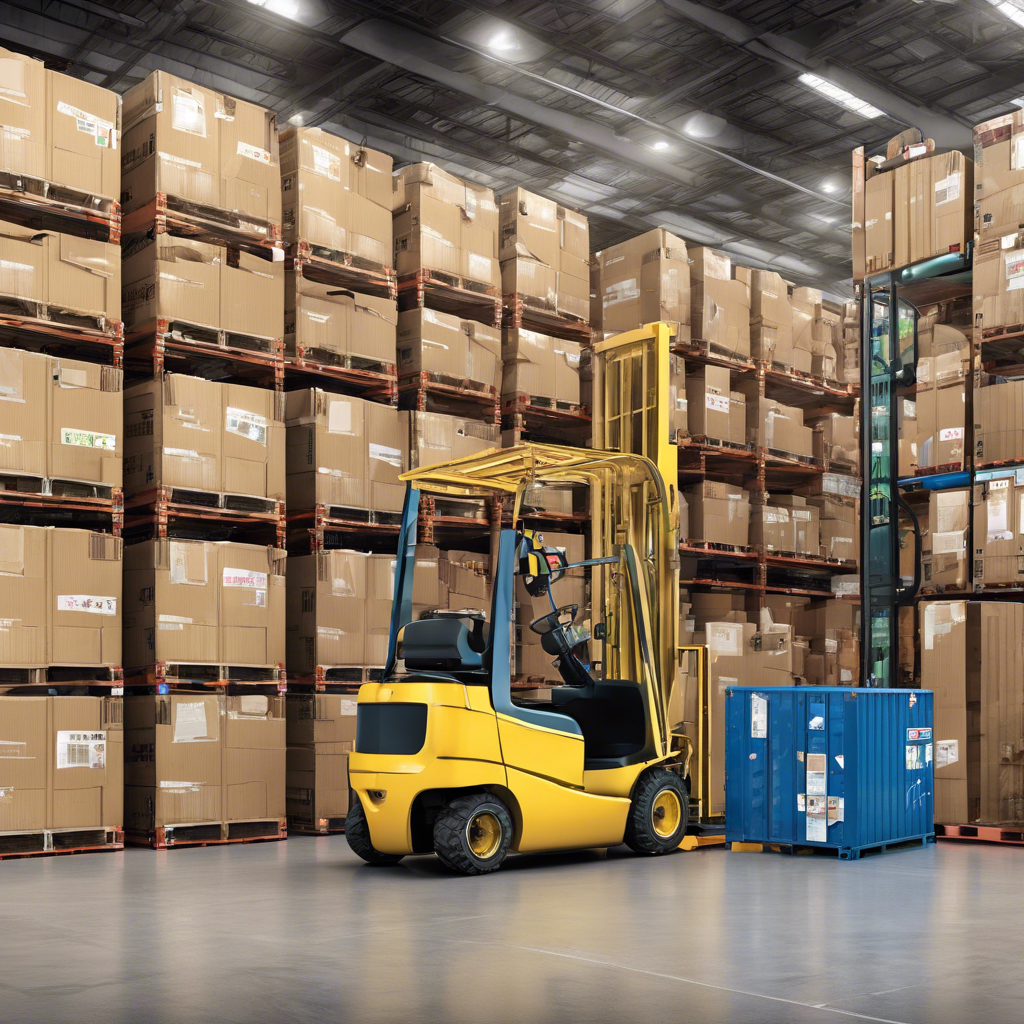Every day, shipping cargo worth millions of dollars moves through global supply chains. Freight shipping insurance cost is a vital consideration for businesses worldwide. Companies worldwide face most important financial risks if their shipments get damaged, lost, or stolen during transit. Businesses need to protect their valuable cargo and keep operations profitable by understanding how to calculate and optimize cargo insurance costs.
The process needs a full picture of risks, insurance rates comparison, and proper freight insurance coverage levels with suitable deductibles. This piece gets into cargo insurance cost calculations for shipping modes of all types – air, ocean, and land transport. You will learn practical strategies to secure the best coverage. The guide also shows how to manage insurance expenses by improving cargo security and picking the right carriers.
Assessing Your Freight Insurance Needs
Understanding what is freight insurance and your needs requires a full picture of how cargo characteristics interact with transit risks and coverage requirements. These elements are the foundations of selecting an appropriate freight insurance policy and calculating accurate insurance costs.
Evaluating the value and nature of your cargo
Your cargo’s accurate valuation plays a key role in getting the right cargo insurance coverage. When you underestimate your cargo’s value, you might not receive enough compensation if losses occur. On the flip side, overvaluation leads to insurance premium payments that are too high [1]. The cargo’s nature affects insurance costs by a lot – high-value goods that are expensive or fragile usually need higher premiums because they carry more risk [2].
Identifying potential risks during transit
A complete risk assessment needs to think over these critical factors:
- Transportation mode selection and associated risks
- Route-specific hazards and security concerns
- Political stability in transit regions
- Weather conditions and potential natural disasters, including Acts of God
- Transfer point security measures [1]
Insurance costs depend heavily on the chosen shipping route. Areas with political instability, natural disasters, or high cargo theft rates demand higher premiums [2].
Determining the appropriate level of coverage
Cargo freight insurance costs typically range between 1-2% of the goods’ value [3]. Several key elements help determine the right coverage level:
Coverage Components:
- The item’s value and replacement costs
- Extra costs such as shipping and customs duties
- Business disruption expenses [1]
Robust safety protocols and compliance measures can lower insurance premiums [2]. Companies need to evaluate both their cargo’s direct value and any indirect losses that could happen during transit [4]. The item’s fragility and irreplaceability substantially affect insurance rates, which makes these features crucial to coverage decisions [4].
Key Components of Freight Insurance Cost
Businesses can make better decisions about their freight protection strategy by understanding their cargo insurance costs. Freight insurance companies combine several elements to calculate the final premium amount.
Premium rates and how they’re calculated
A simple formula determines premium calculations: Insured Value x Policy Rate [5]. The insured value has the commercial invoice value, freight costs, and an extra 10% that covers unexpected expenses [5]. Insurance companies calculate their rates for every $100 of cargo value and treat each $100 as one unit [6].
Several factors affect premium rates:
- The type and fragility of cargo
- Transportation methods used
- Past safety records and claim history
- Routes and final destinations
- The transported goods’ value
Deductibles and their effect on overall cost
Deductibles are the amounts businesses must pay before their insurance coverage begins [7]. A business can lower its premium costs by choosing higher deductibles that increase its financial responsibility [7]. Companies should balance how much they can pay out-of-pocket against their desired premium savings.
Additional coverage options and their pricing
Businesses can boost their protection beyond standard freight coverage with specialized options. These additional types of freight insurance include:
Enhanced Protection Features:
- Pollution liability
- Debris removal
- Loading and unloading coverage
- Refrigeration breakdown protection [8]
Insurance rates increase as businesses select more detailed coverage [6]. Standard coverage addresses common risks, but specialized coverage options can substantially affect the final insurance cost based on cargo’s specific needs and risk factors [9].
Insurers often demand extra security measures or charge higher rates for high-value goods or sensitive cargo. A commodity’s average fragility and value directly affect insurance rate calculations [6]. Businesses should review their cargo’s specific characteristics carefully to budget their insurance costs properly.
Calculating Insurance Costs for Different Shipping Modes
Insurance calculations vary by a lot in various transportation modes because each mode has its own risk profile and cost structure. Businesses can optimize their insurance spending and maintain adequate protection by understanding these variations.
Air freight insurance cost calculation
Air freight enjoys lower insurance rates even though it is the most expensive shipping method [6]. A simple formula of Insured Value x Policy Rate determines the calculation. The rates are better because:
- Shorter transit times
- Better security measures
- Climate-controlled environments
- Lower risk of theft or damage [6]
Sea freight insurance cost calculation
Ocean marine cargo insurance rates exceed other transportation methods [6]. Insurance companies charge between 0.2% to 2% of the total value of goods [10]. All-risk coverage policies provide comprehensive protection and usually cost 1% to 3% of the shipment value [10].
Several factors determine sea freight insurance rates:
- Past loss records
- Risk levels on shipping routes
- Destination point
- Time of year for shipment [10]
Land transport insurance cost calculation
Land transport insurance, also known as inland marine insurance, offers the most competitive rates among all transport types [6]. Insurance companies calculate rates by looking at several key elements. These include the type of shipping service, specific details about locations, time spent on the road, and security measures for packages [6].
Insurance providers use value brackets to determine rates for regular land shipments. A shipment worth between $100.01 and $300.00 typically costs a flat rate of $4.20 to insure. The rate increases by $1.40 for each additional $100 of declared value <a target=”_blank” rel=”noopener noreferrer nofollow” class
